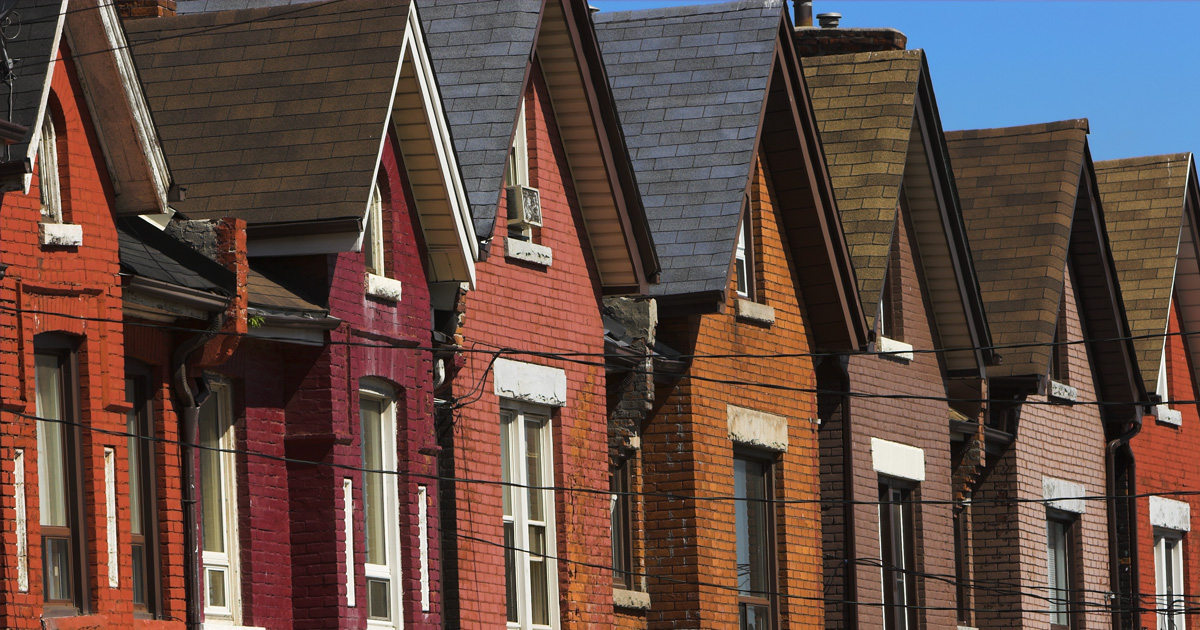Written by Kris Freed, Chief Programs Officer, LA Family Housing
Rising housing costs and the shortage of affordable housing have become some of the most pressing issues in the country, particularly in big cities like Los Angeles where I work and where we see more and more people falling into homelessness each day.
With COVID-19 rent relief efforts and eviction moratoriums set to expire, we anticipate that the immediate need for affordable housing will only continue to grow.
To offer an immediate solution to housing shortages, many cities and municipalities are turning to master leasing and third-party leasing, with a particular focus on multi-bedroom housing units being used as shared housing. Master leasing and third-party leasing offer many benefits for low-income and homeless prospective renters, as well as to the homeless service system and providers.
With these approaches, suddenly thousands of existing housing units could become available to those who have previously been pushed out of the traditional rental market. Master leasing has the potential to drastically reduce street-based homelessness in a short period of time. These strategies capitalize on the existing stock of available apartment units – while addressing the barriers to housing that many people experiencing homelessness face.
What is Master Leasing?
A master lease is a type of lease that gives the lessee the right to control and sublease the property during the lease, while the owner retains the legal title. In this case, a housing authority or service provider would be the lessee, allowing them to sublease the property to its clients.
There are various forms of master leasing, but most prefer a “triple net” agreement—which means that the lessee assumes all responsibility for maintenance, repairs, taxes, and insurance.
People experiencing homelessness and low-income people are often discriminated against for not having reliable income, for having a housing voucher, or for having previous evictions on their records. Allowing a housing authority or homeless service agency to master lease units can eliminate discrimination barriers and significantly increase access to affordable housing.
What Is Third-Party Leasing?
A lease is usually made between two parties: a landlord and a tenant. With a third-party lease, however, a housing authority or service provider signs the lease along with the tenant so that, in the event the tenant does not pay, the third party guarantees the payment. This arrangement is common when a tenant has no or poor credit history, inconsistent job history, high income to debt ratios, or other housing barriers.
Why Shared Housing?
Where we once talked about not having enough affordable housing, then shifted to conversations about the need for more permanent supportive housing, we now find ourselves talking about not being able to find enough studio and one-bedroom apartments.
Historically, people with housing vouchers hold onto their voucher until they are approved for a one-bedroom or studio unit. Across the country, there is a severe shortage of one-bedroom and studio units. This shortage is only made worse in large cities where competition for available units prevents voucher-holders from being considered.
By capitalizing on the existing stock of multi-bedroom housing units, we can match potential housemates for shared housing arrangements. Shared housing not only lowers their cost of living, but also has positive impacts on feelings of social connectedness and support for formerly homeless tenants.
A major barrier we face in implementing shared housing is landlord resistance to “splitting leases.” If a homeless service provider is able to master lease hundreds of available units in their region, they will not only have full control of who they rent to, but can also allow for individual leases. This would create new housing opportunities for people with housing vouchers in regions with a dearth of studio and one-bedroom units.
For individuals experiencing homelessness, the benefits of master leasing and third-party leasing are massive, and include:
- giving opportunities to prospective renters deemed “high risk” (without reliable income, with previous evictions or no rental history, criminal histories, etc.);
- reducing barriers to housing and lowering the cost to house people, including saving money on application fees, credit checks, and more;
- enabling the expansion of shared housing by normalizing split leases;
- decentralizing where low-income people live by opening up neighborhoods where they have historically been priced out; and
- quickly gaining access to hundreds, if not thousands of units, bringing more people indoors almost immediately.
In Los Angeles, where LA Family Housing is based, we return an average of $25 million per year to the federal government in unused grant money—mostly rental assistance subsidies. Incorporating master and third-party leasing will allow service providers to have greater access to and control over rental units. Doing this in our city would position Los Angeles to fully maximize all the resources we have access to for the first time in a decade.
Master leasing and third-party leasing can be an absolute game changer for how our nation addresses its housing shortage. Scaling up these efforts will require partnership and commitment. Providers, property management companies, landlords, and owners all need to work together to realize the shared benefits. Meanwhile providers will need to deliver on a long-term commitment to rent housing units, in return for the ability to place whomever we want in those units. While master leasing and third-party leasing will take effort, the benefits are absolutely worth it.
Stay Updated: Solutions, Stories, and Ways to Make an Impact
Sign up to receive updates on the Alliance’s work, including the latest research, advocacy efforts, and real stories of progress — plus ways you can help drive lasting change.














